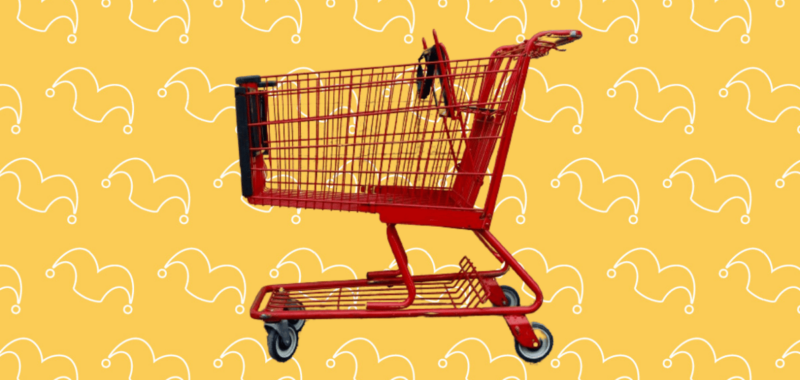Whether you’re new to Costco or have shopped there for years, you may not pay attention to the store’s prices other than to compare them to outside stores and confirm they’re lower (which is often the case).
But you should know that the numbers you see on Costco’s pricing labels actually mean something. And cracking that code could help you save more money. Here’s a rundown of what the numbers mean.
1. Prices that end in a nine
If you walk through Costco, you’ll probably notice that many store items end with the number nine. And whether it’s $15.99, $17.29, or another number, generally speaking, if there’s a nine on the end, it means you’re seeing Costco’s regular price for the item at hand. And this applies to online prices, too.
Of course, this doesn’t mean you aren’t getting a good deal. Costco’s regular prices are often cheaper than what you’ll see in other stores.
For example, the online price for Costco’s signature Kirkland almond butter is $7.49. That’s $0.28 per ounce. You might pay almost double that on a per-ounce basis at a regular supermarket.
Plus, using the right credit cards at Costco could help you save even more. Click here for a list of the best credit cards for Costco shoppers.
2. Prices that end in a seven
If you see a seven at the end of a Costco price label, it means the item is on clearance. And that should signal you to scoop up that item if it’s something you use regularly. You may want to buy a few extra, in fact, if it’s an item you know you’ll use, and there’s a long expiration date.
For example, say there’s a type of granola you like whose price is $8.47. That should signal that it’s on sale. If you eat it almost daily and there’s a three-month window to use it up before the sell-by date, getting a second bag could make sense if you usually go through one bag every five to six weeks.
3. Prices that end with 88
If you see an item that ends with 88 — for example, a blender priced at $39.88 — it’s a sign it’s an item a manager has marked down. Why might this happen? Perhaps the item was previously used but returned in sellable condition. Or, it could simply be that a store manager wants to move old inventory off the shelves and is giving a discount to help make that happen.
If you’re not happy about bringing home a previously used item but you’re also not sure whether that’s the case, you could always bring the item to customer service and have them look up its history. But remember, Costco is unlikely to restock an item that’s in bad shape. So if you see an item on the shelf for sale, it generally means it’s a fine item to bring home.
4. Items with an asterisk
If you see an asterisk on a Costco price label, and it’s an item you love, stock up if spoilage isn’t an issue. An asterisk usually means the item in question is about to be discontinued.
Also, while an asterisk doesn’t automatically mean the item in question is marked down from its original price, sometimes, that is the case. But either way, it could pay to stock up if it’s a product you rely on so you’re not left in the lurch. You may need to find a replacement eventually, but if you stock up, you buy yourself more time.
So there you have it. You might think Costco’s prices are random, but there’s a method to those numbers you see all over the store. Knowing what they mean can help you make savvier shopping choices.

